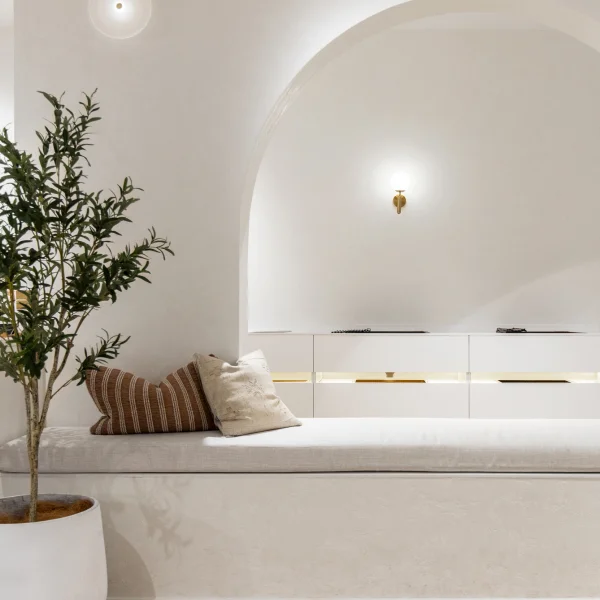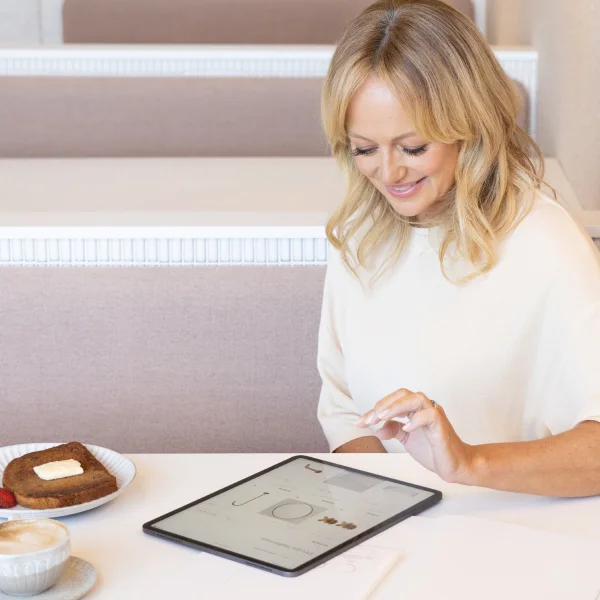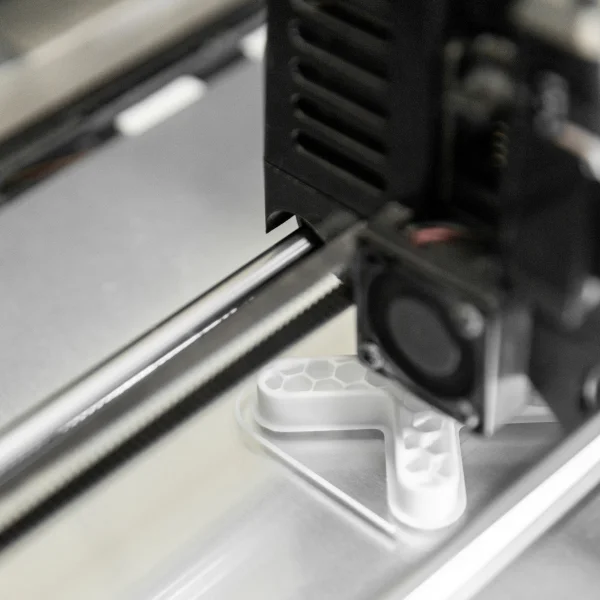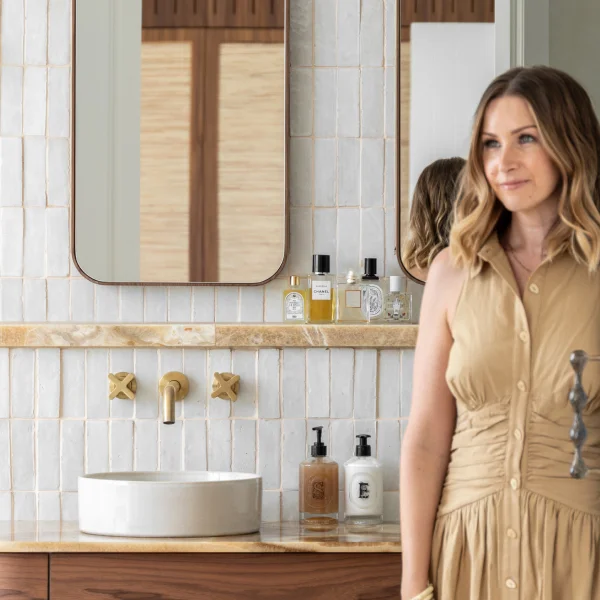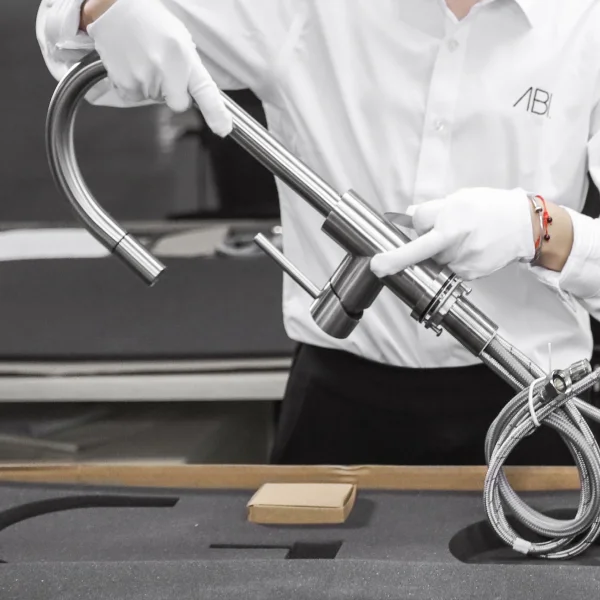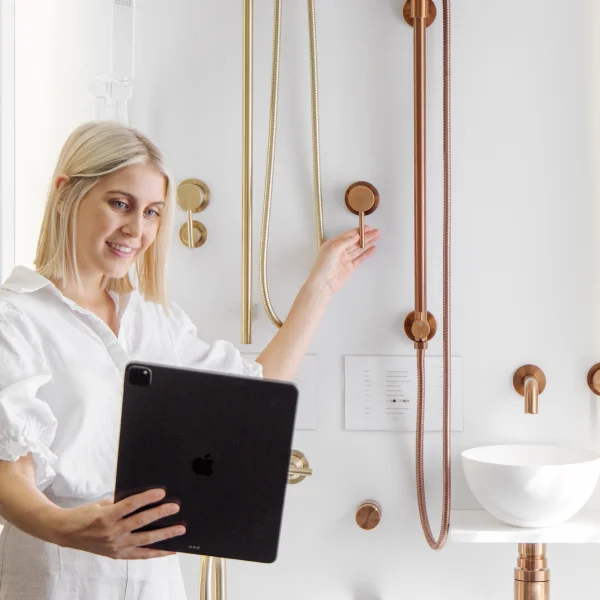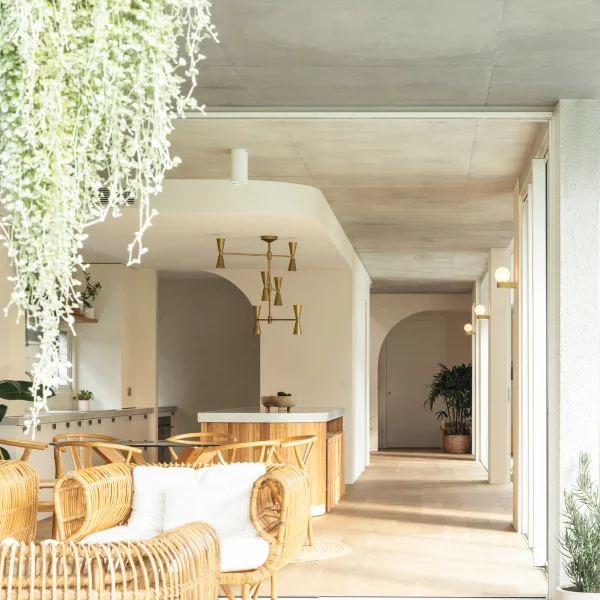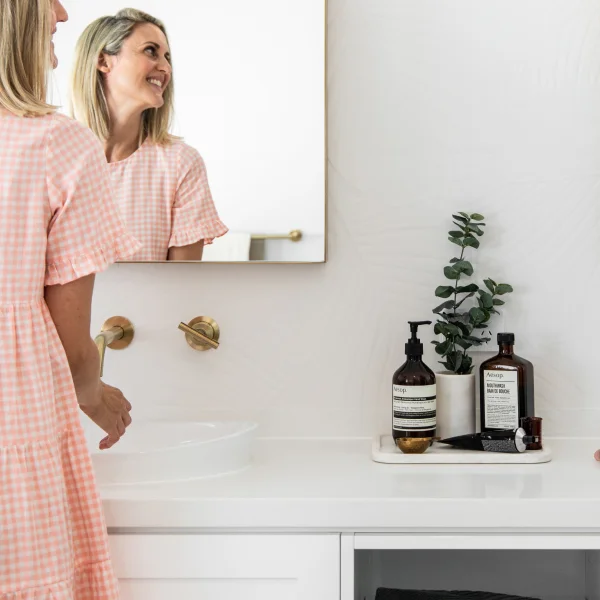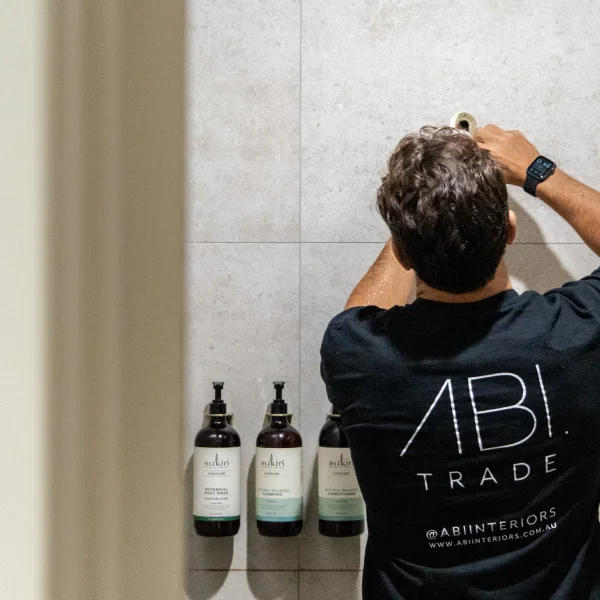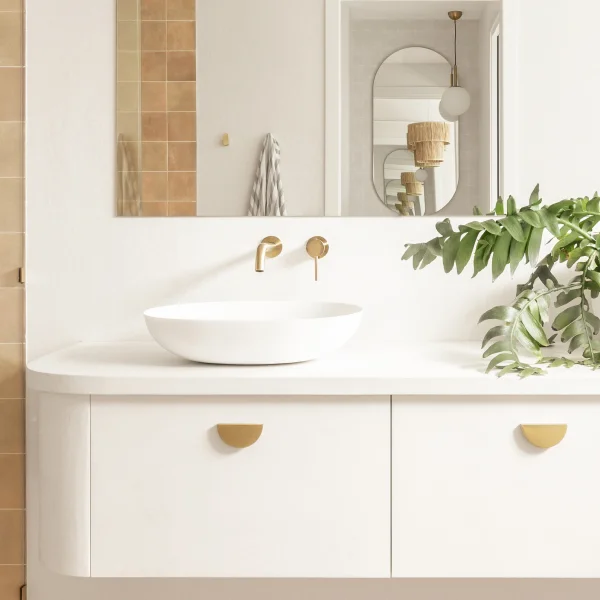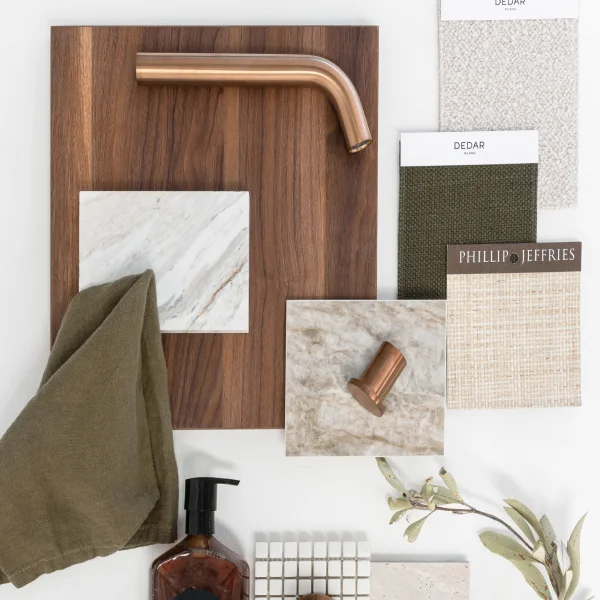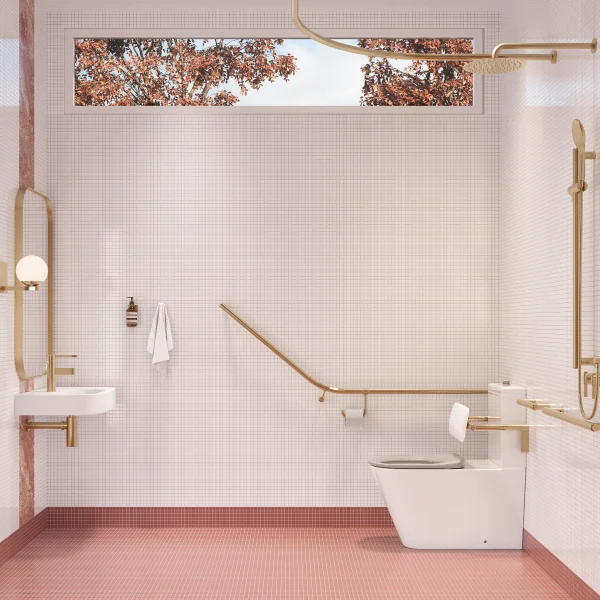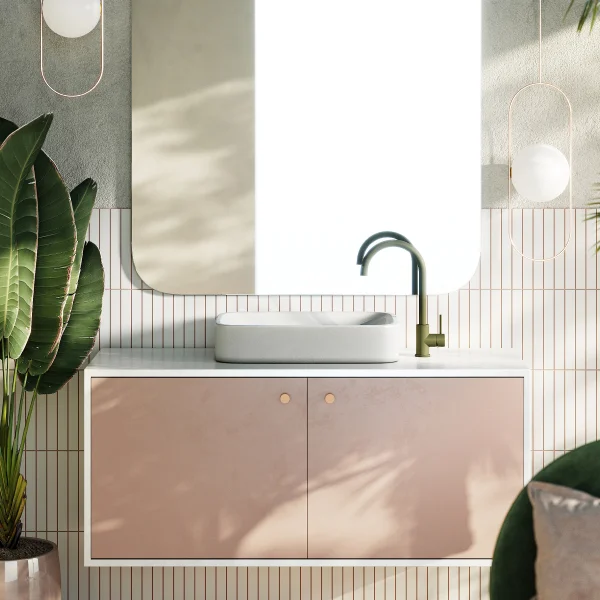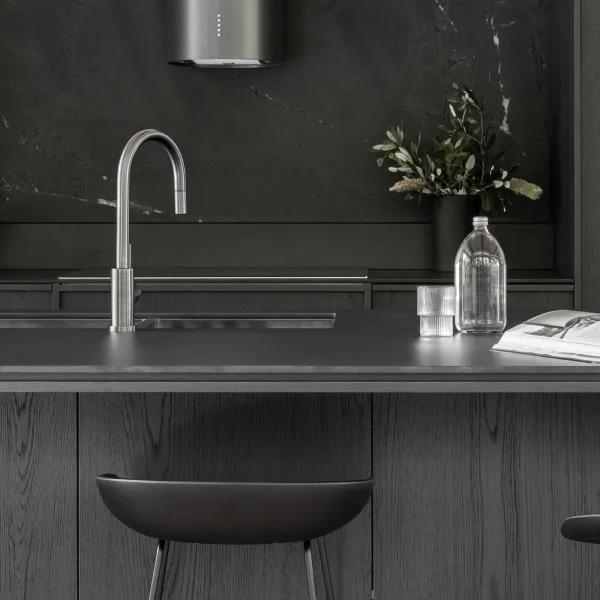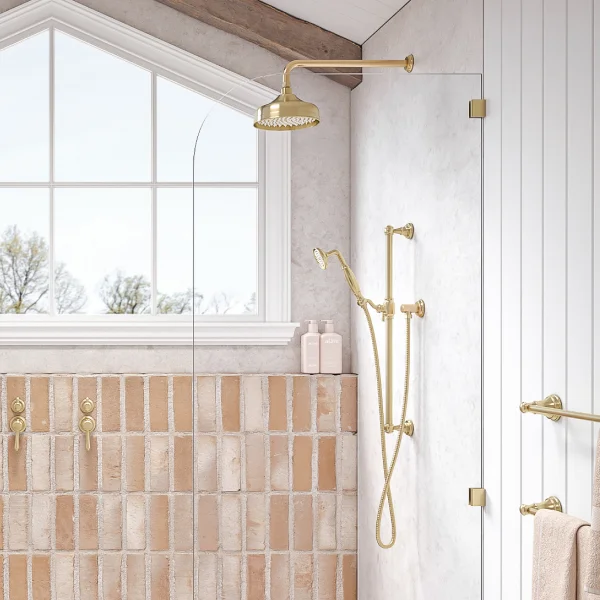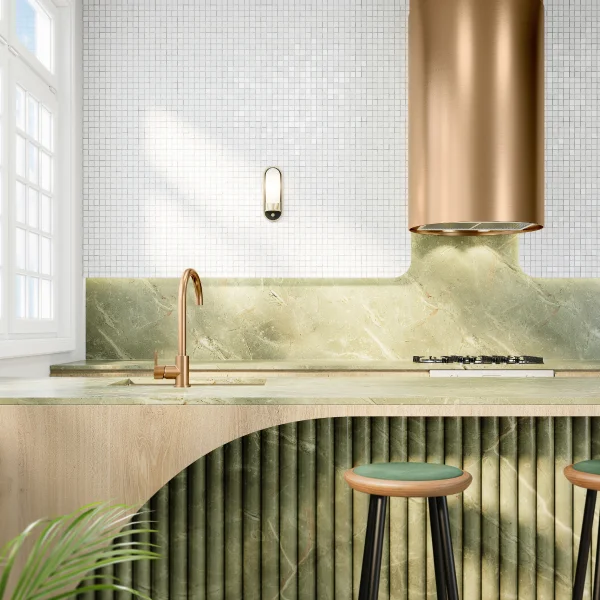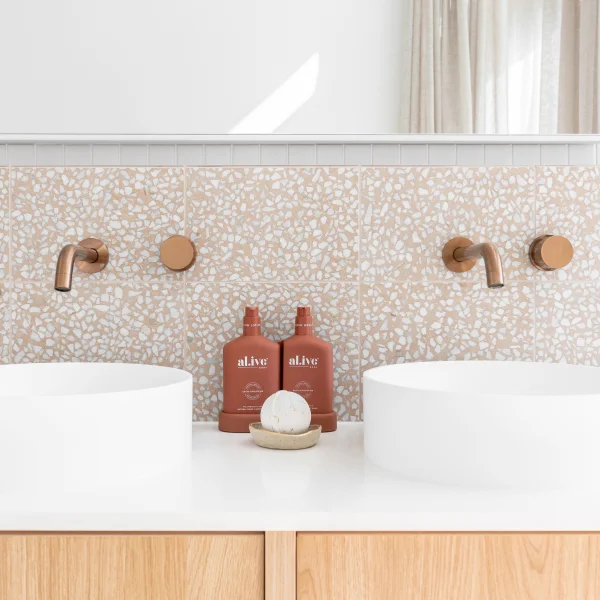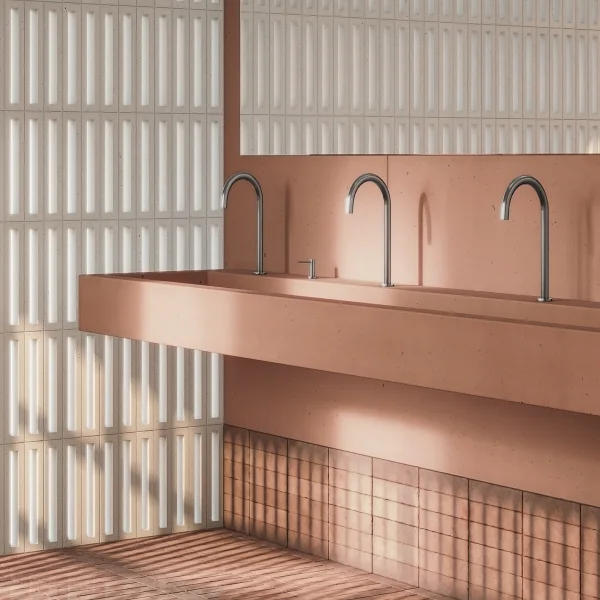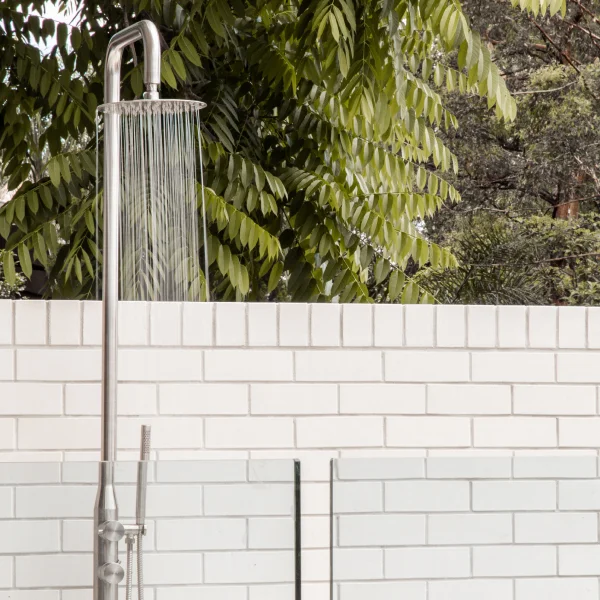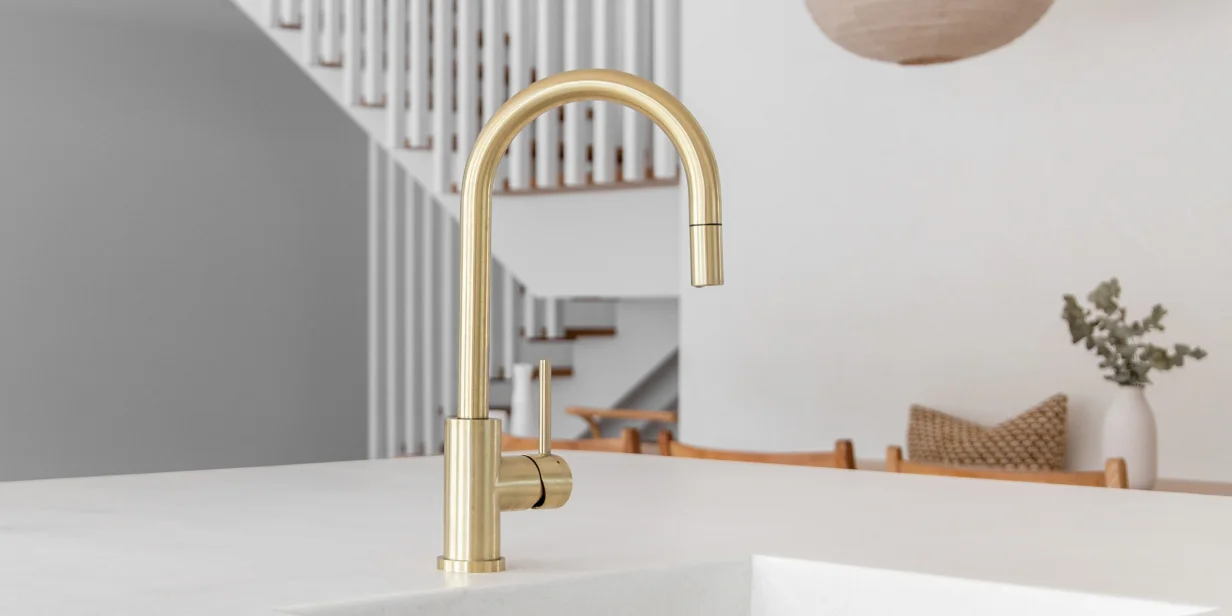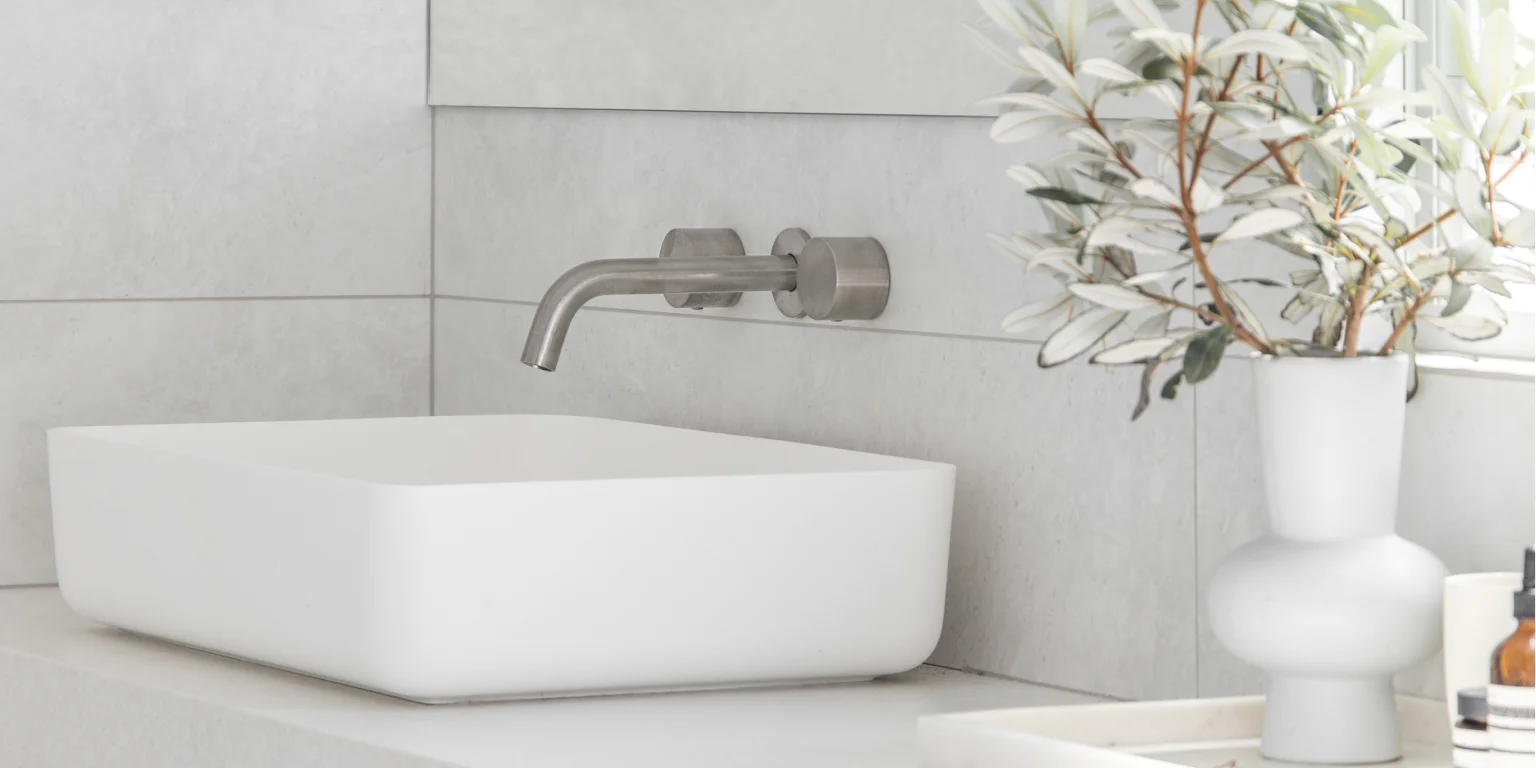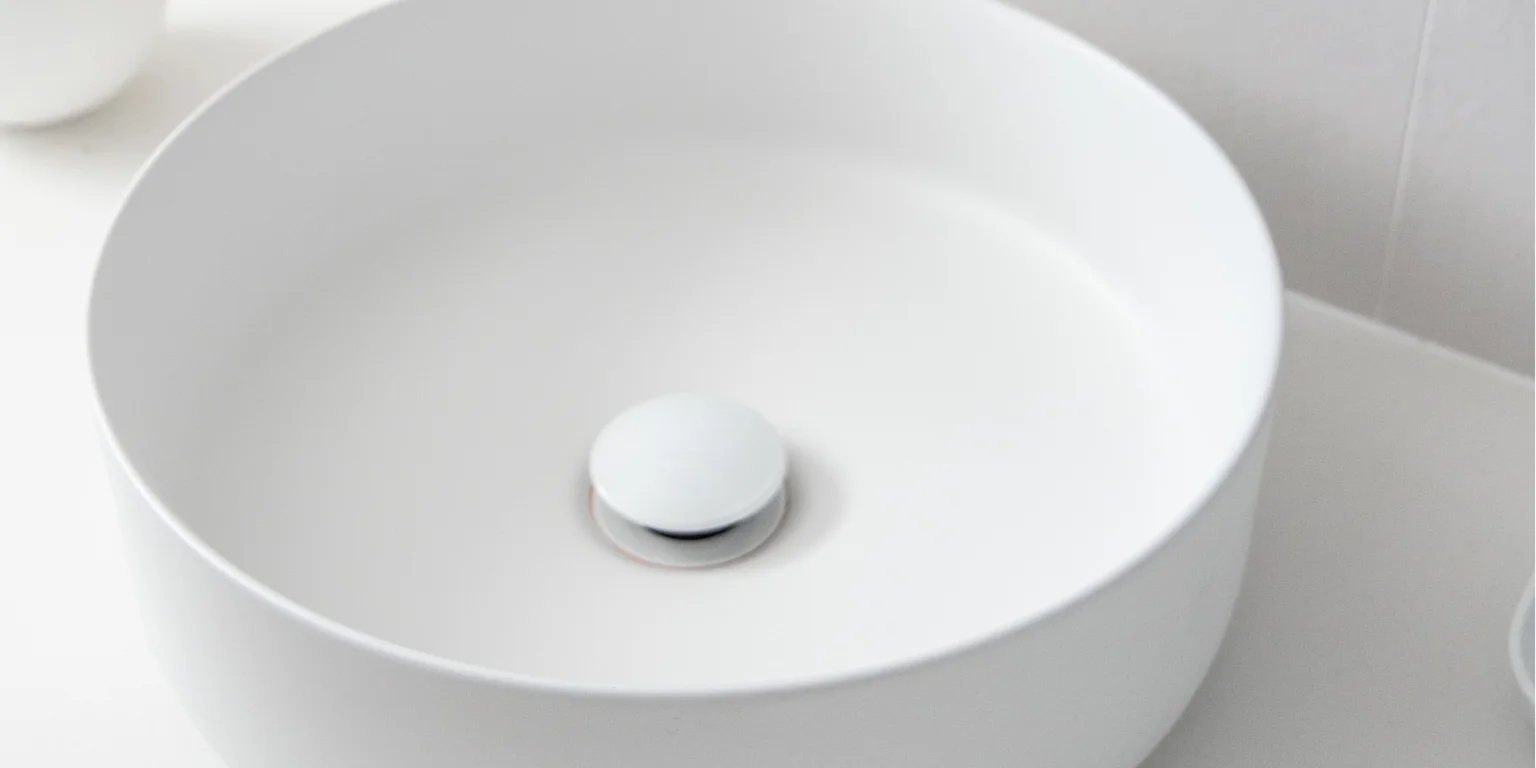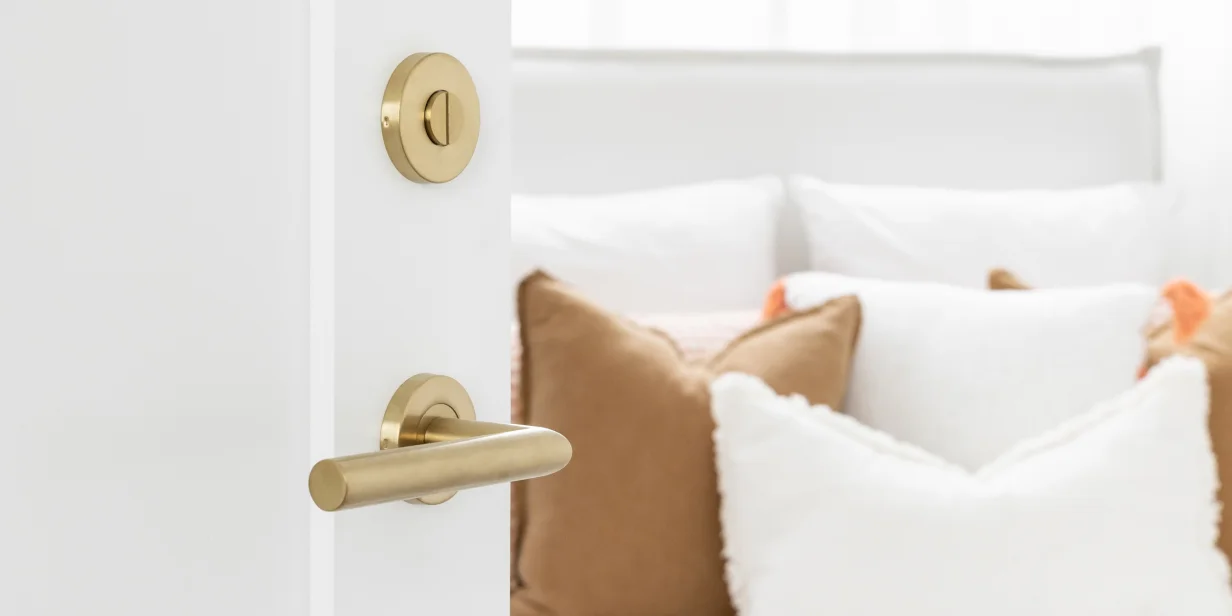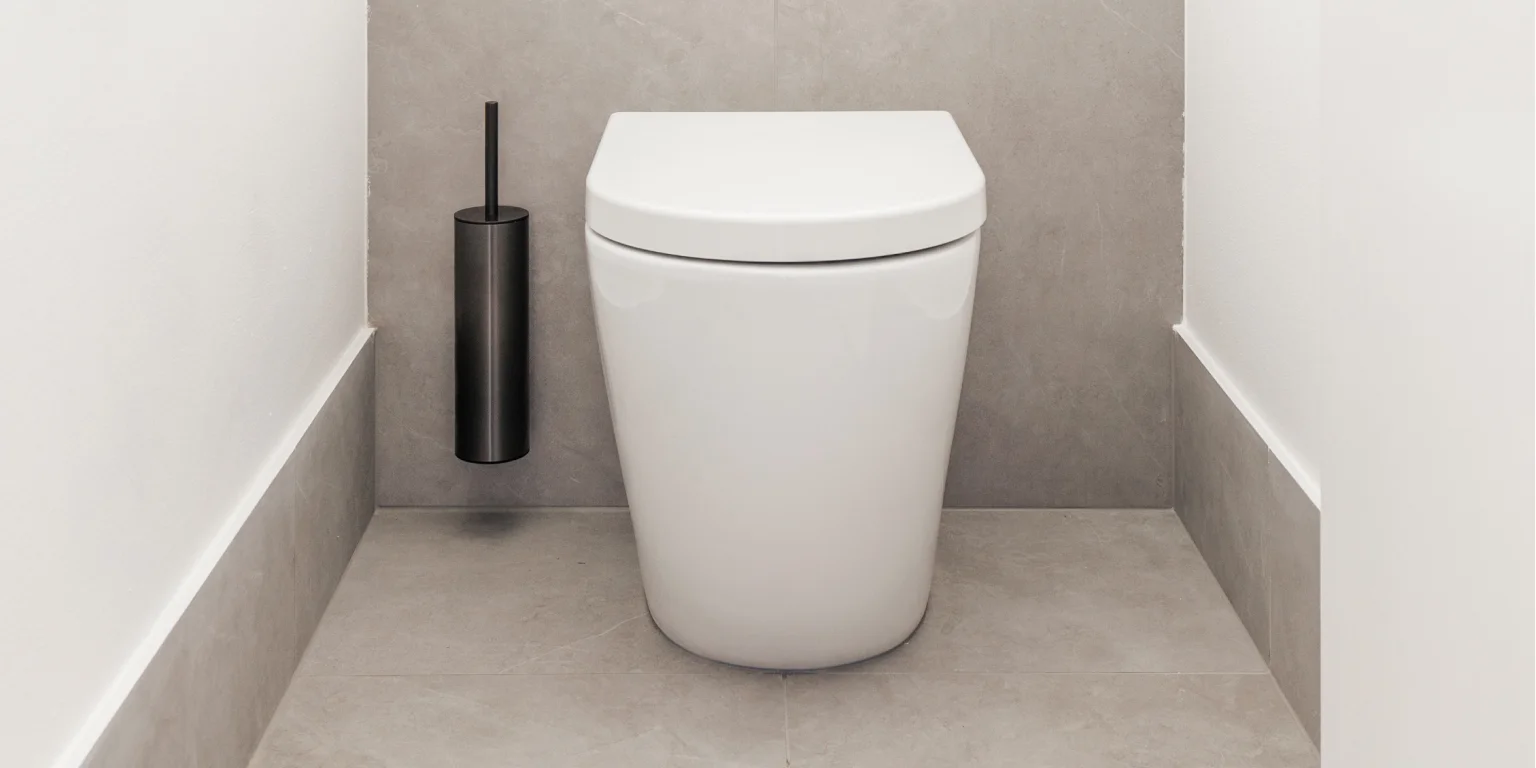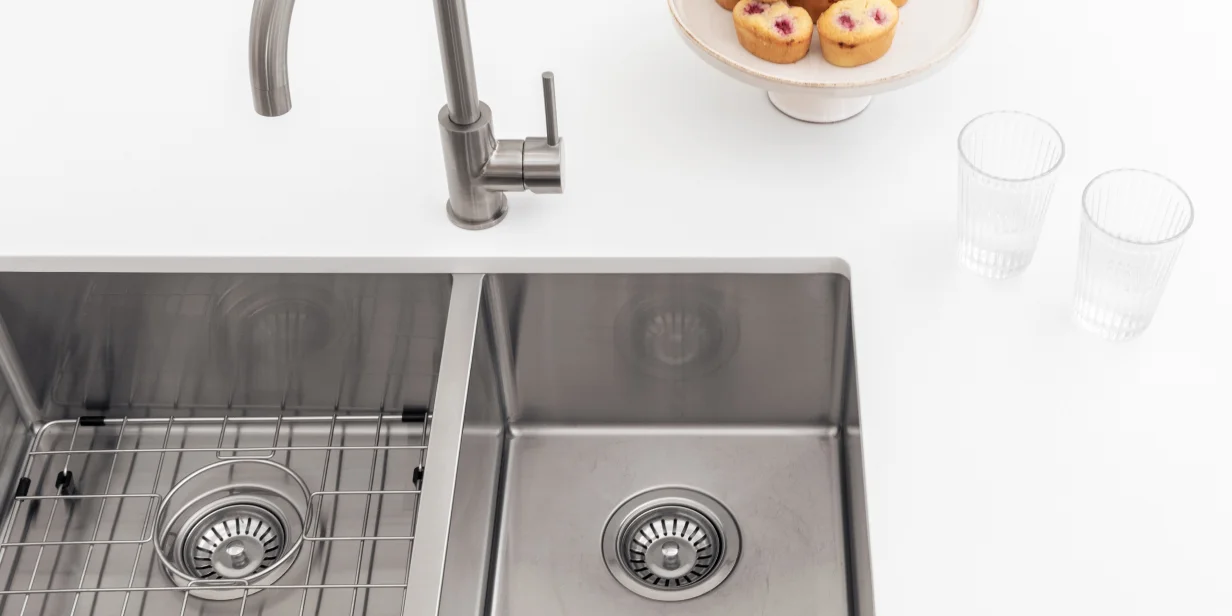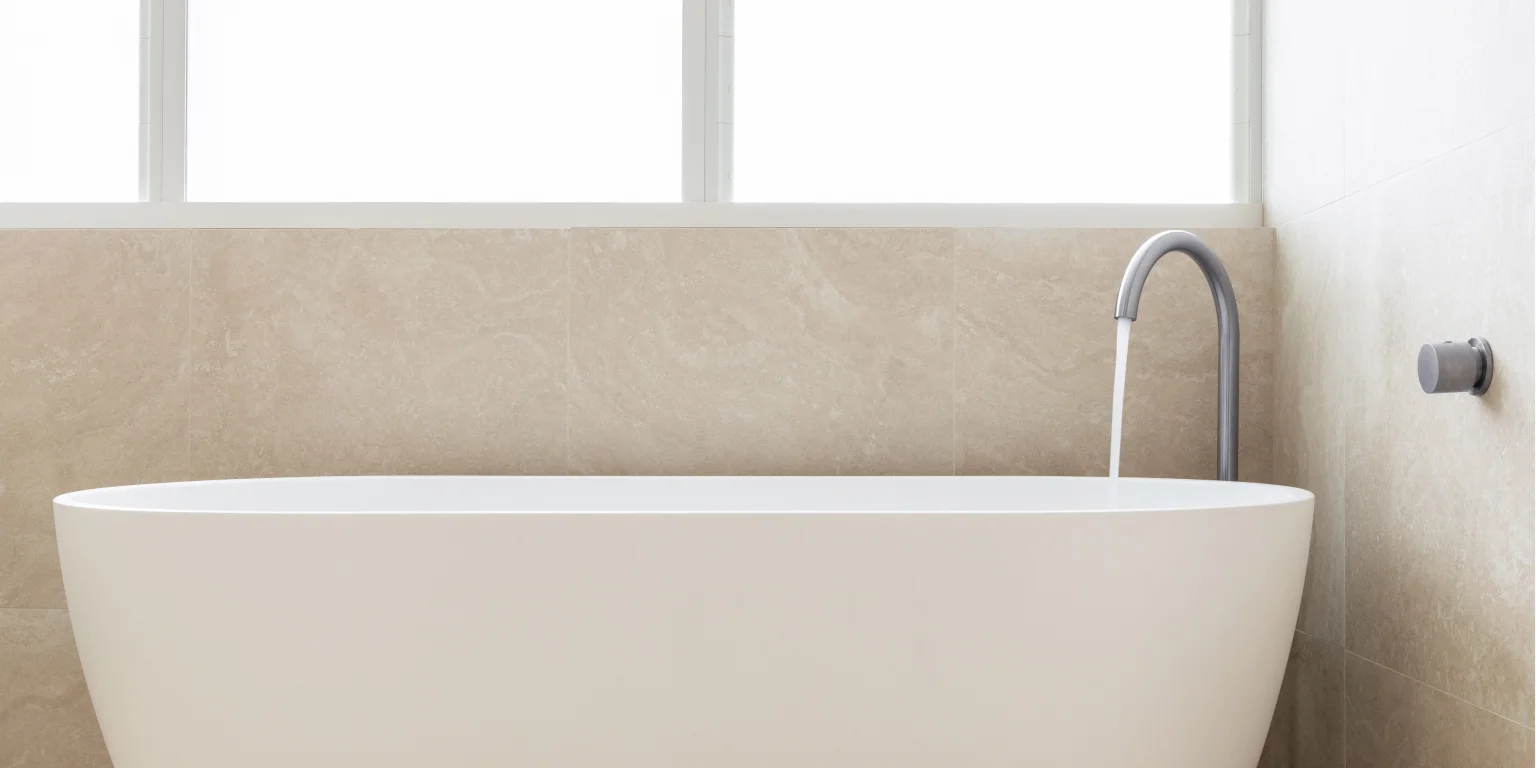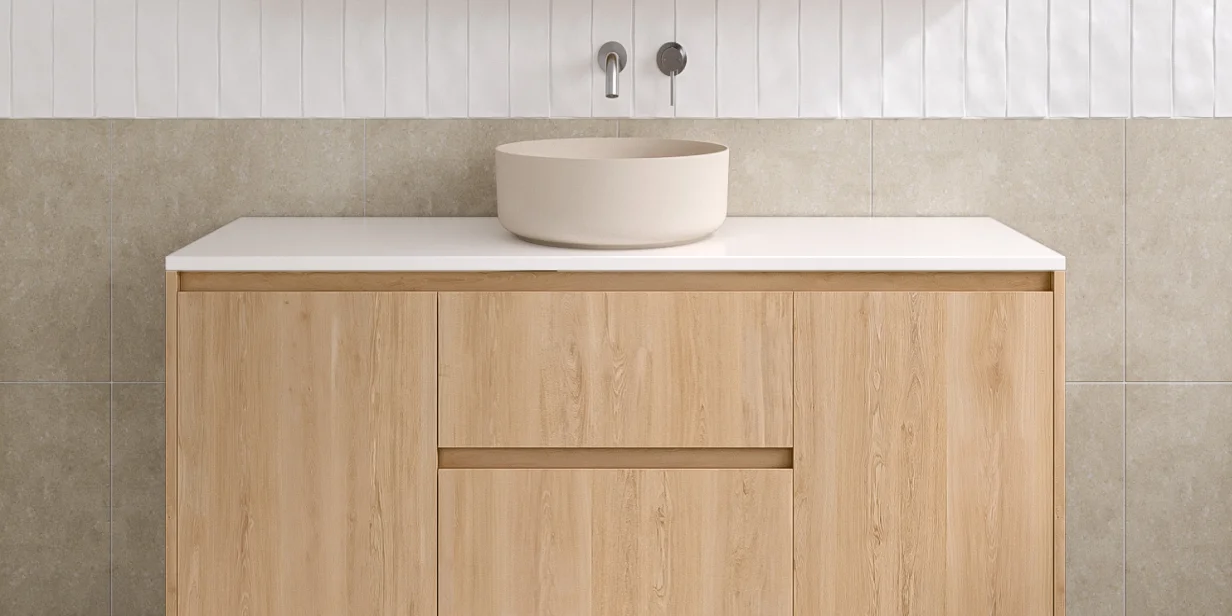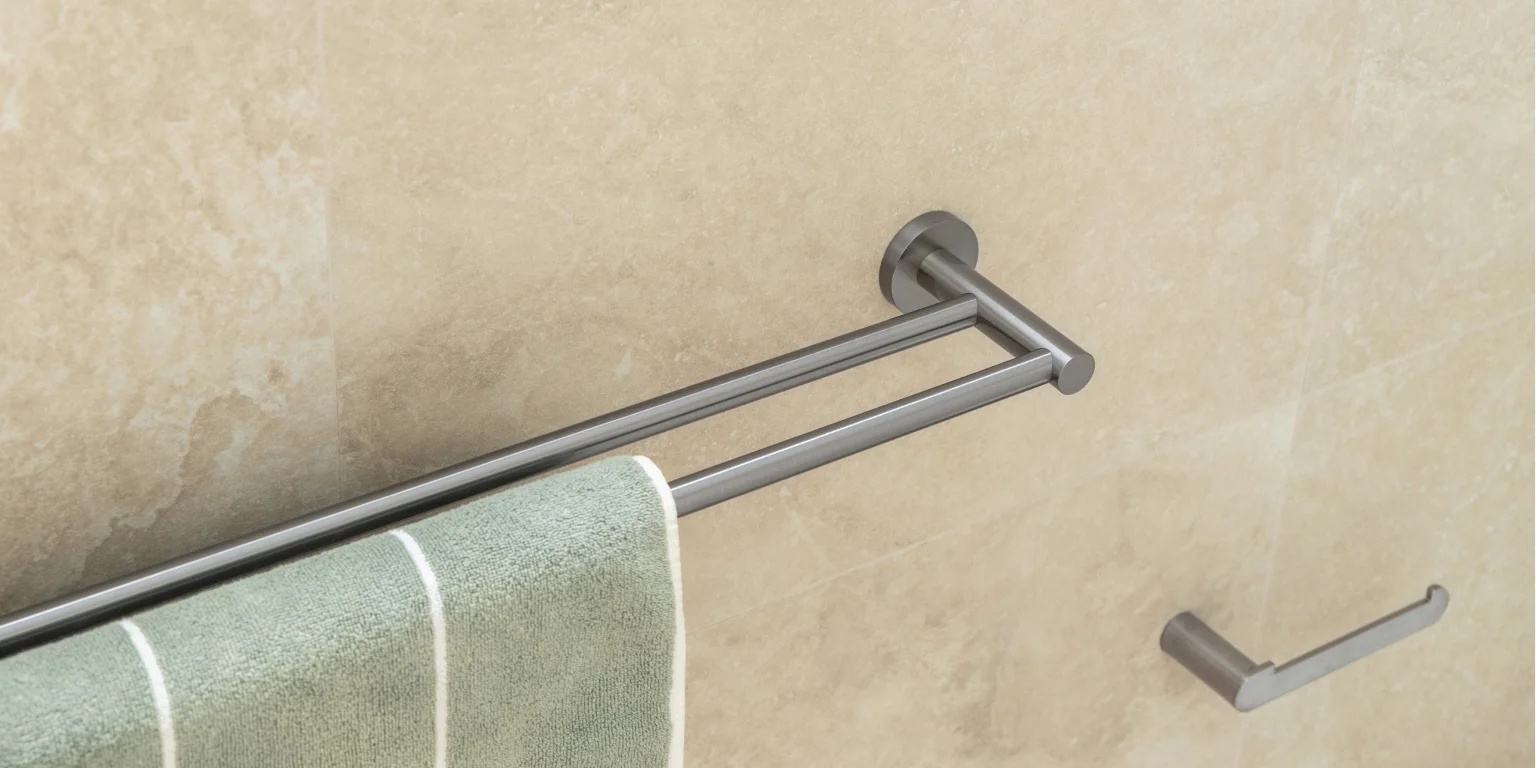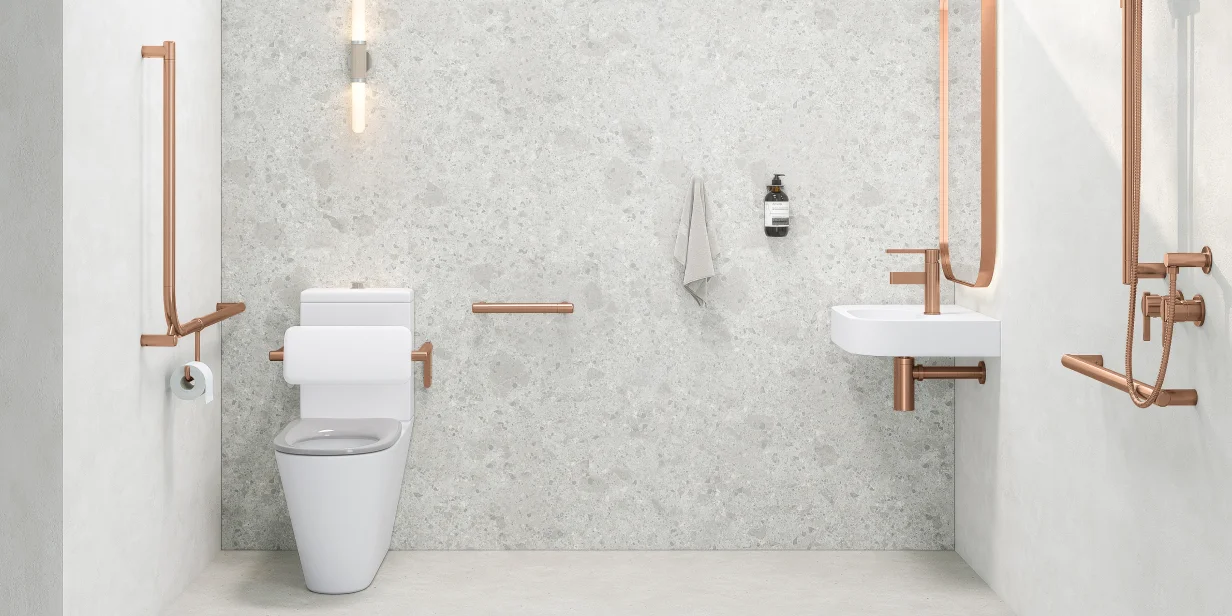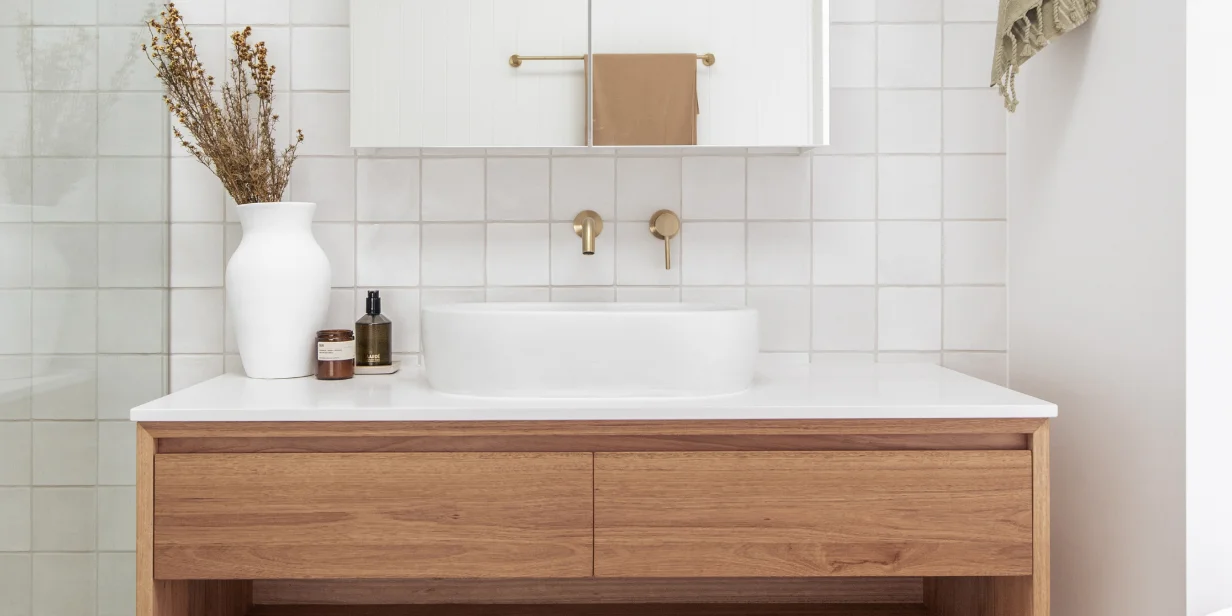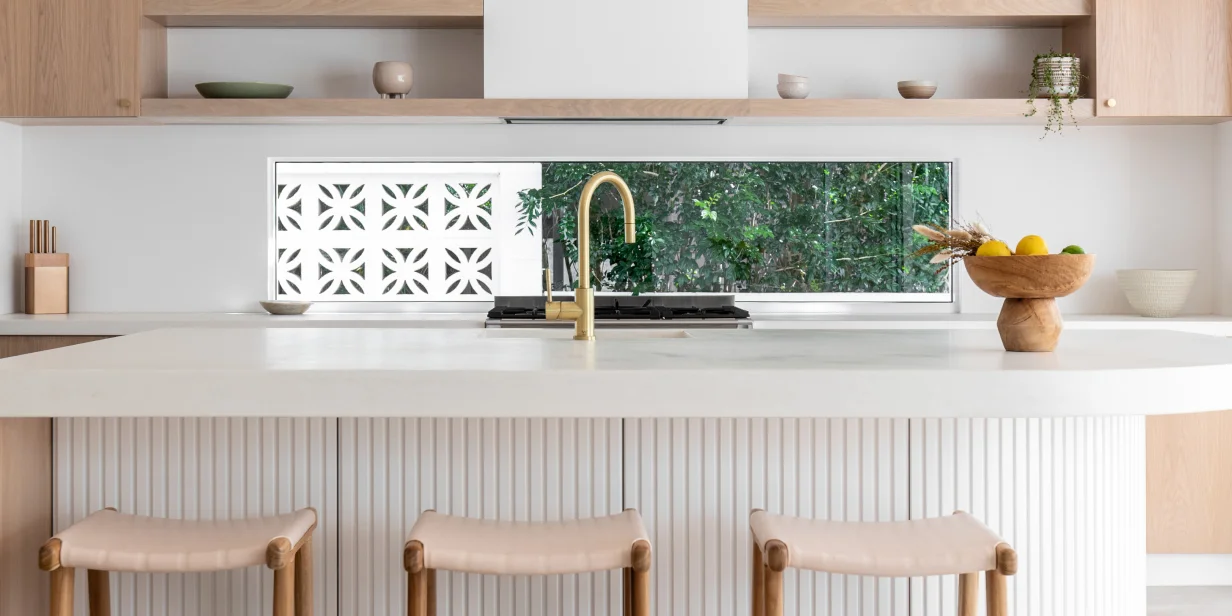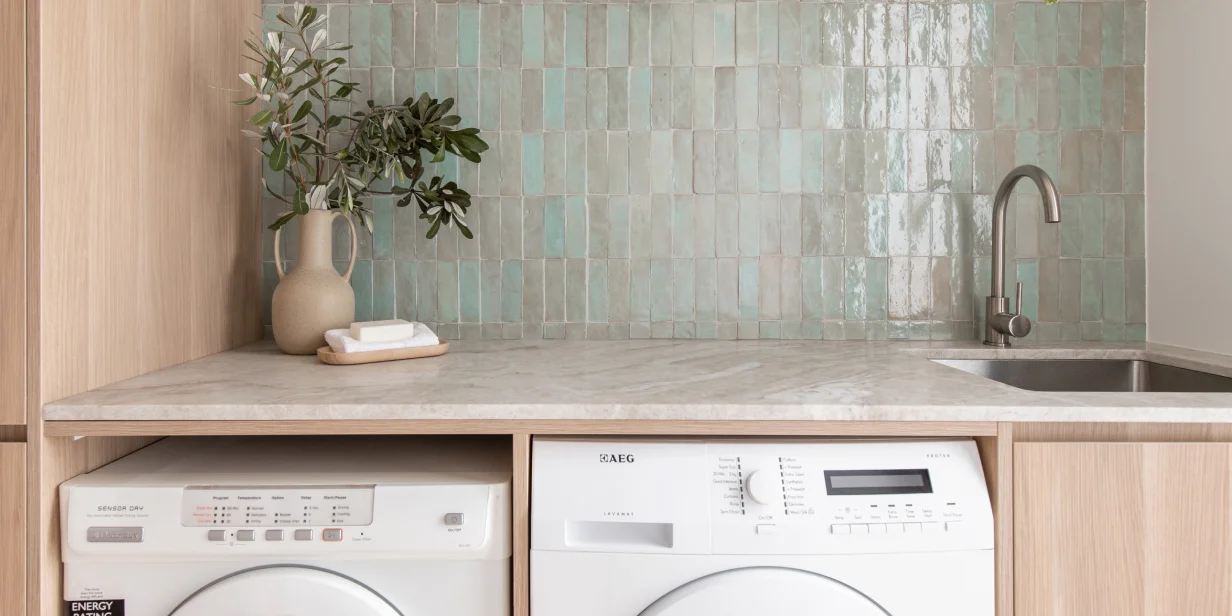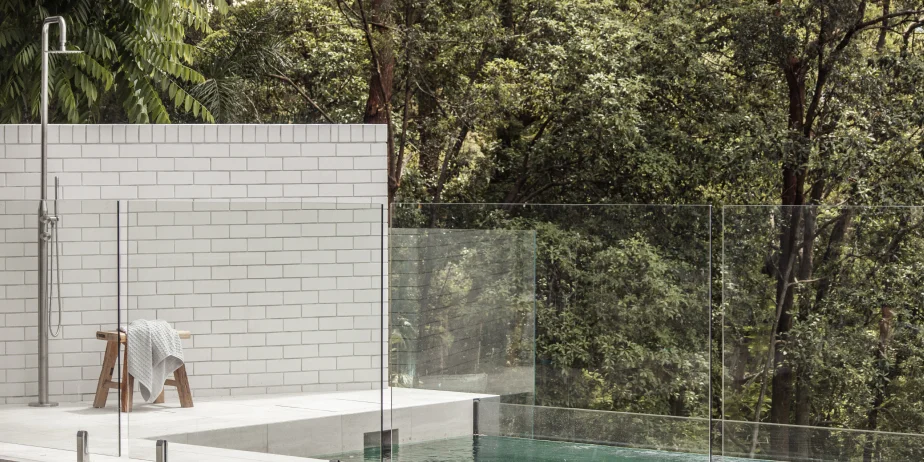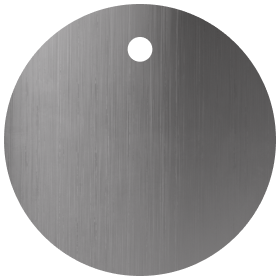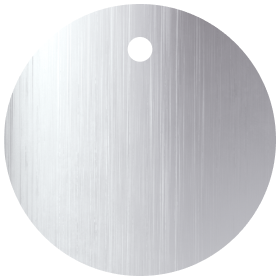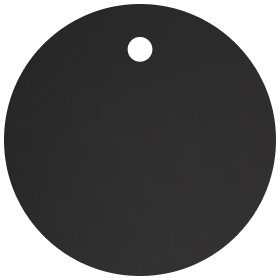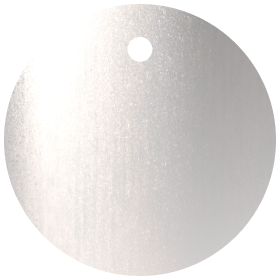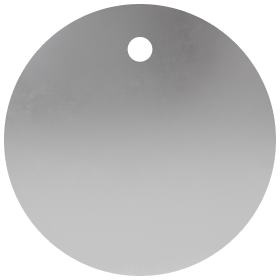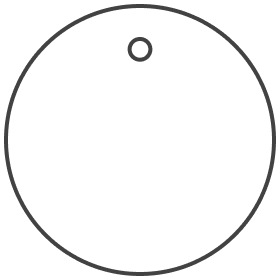HOW TO CREATE AN INTERIOR DESIGN MOODBOARD
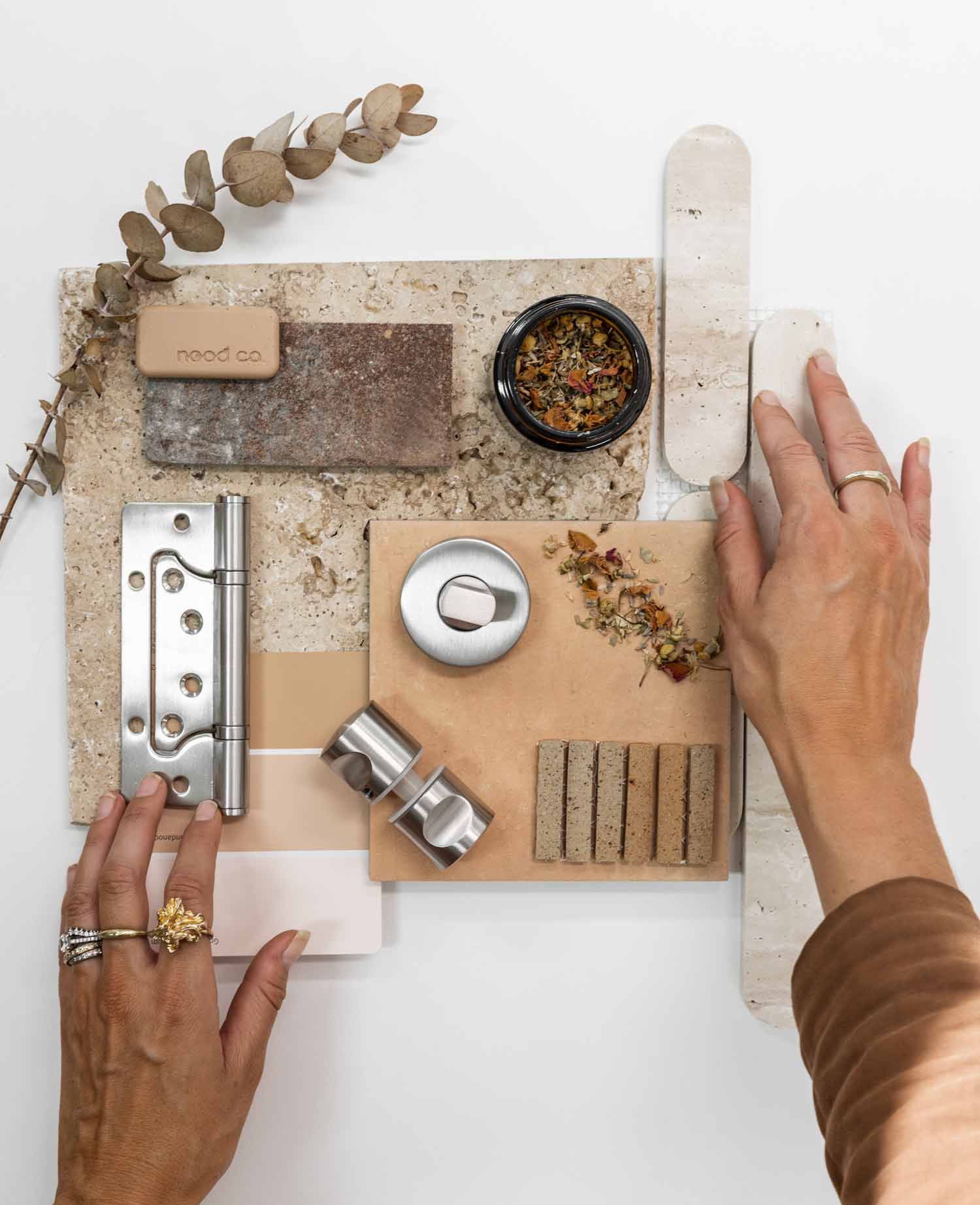
Moodboards are an essential tool in many creative industries, but why are they so significant for the interior design process?
An interior design moodboard offers a visual method of organising various concepts. They help clarify your vision and allow you to experiment with current trends while preparing for a new project. Moodboards are also the essential transition from an initial idea to the first draft.
Without a clear understanding of the pieces that your space needs, you’re more likely to be left unsatisfied with your final outcome.
Below, we dive further into the benefits of moodboards and the step-by-step process to create your very own.
WHY YOU NEED A MOODBOARD
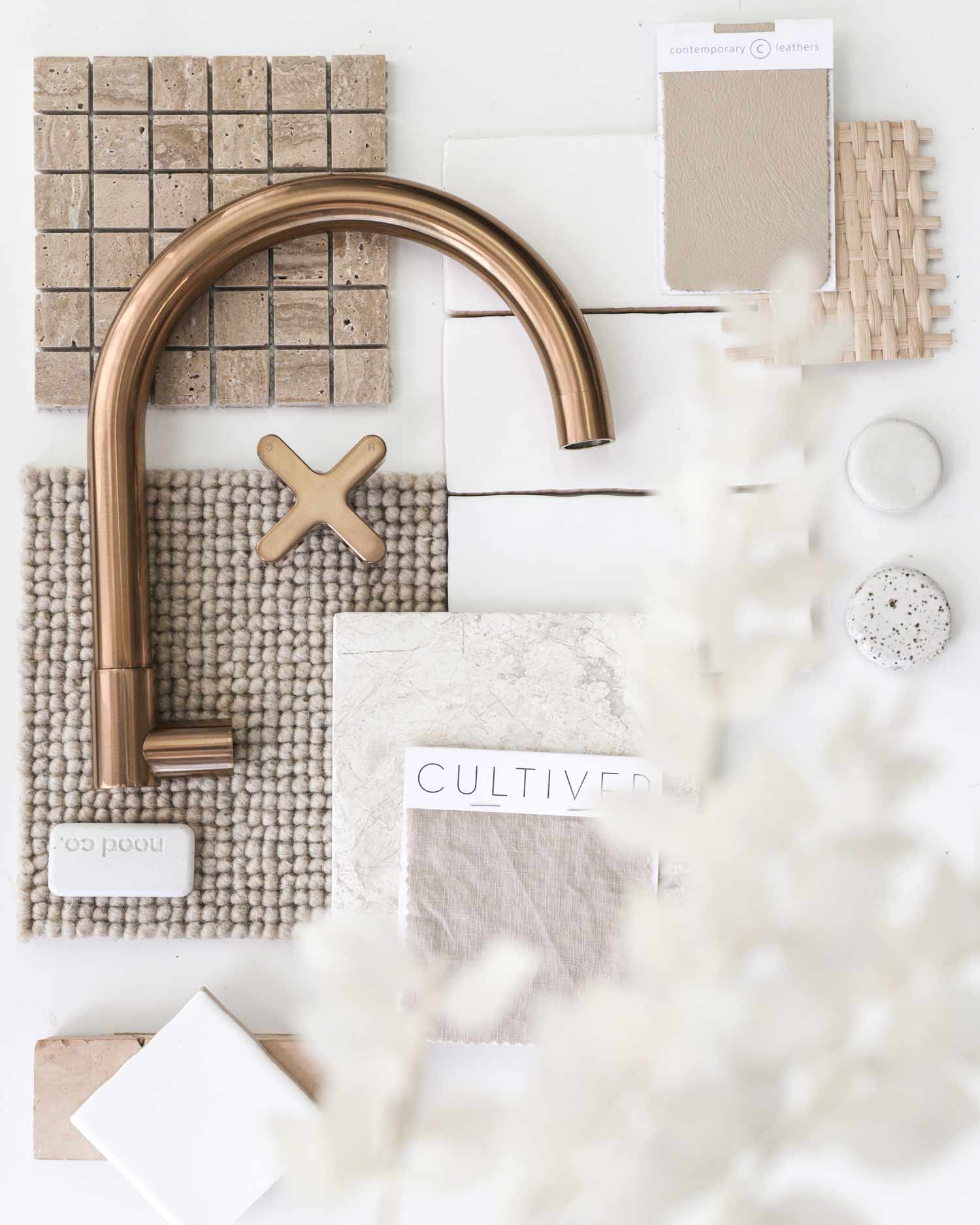
An interior moodboard or ‘inspiration board’ serves three main purposes:
1. PROVOKES INSPIRATION
A picture may be worth a thousand words, but moodboards tell us the story. Visual concepts offer an unlimited source of inspiration that not only captures the aesthetic of your project or renovation but creates an idea about how you want to feel in the finished space.
Building on external inspiration and your own thoughts and feelings will enable you to navigate the tone and establish the exact direction you wish to go in. Whether you’re starting from scratch or have an idea in mind that you wish to explore further, this planning phase offers clarity in the selections you’ll make. It also allows others to bounce off your original ideas and provide fresh perspectives.
2. KEEPS YOU ON TRACK
Once you’re ready to move forward with a definitive vision, you’ll begin directing your attention to other tasks and dealing with various trades. By this stage, it can be easy to overlook your sole purpose of starting the project.
Producing an interior design moodboard is the perfect way to keep all of your initial goals and ideas in one place. You can effortlessly revisit it to confirm your most recent concept still aligns with your original theme.
3. COMMUNICATES IDEAS
Designing a moodboard allows us to understand and creatively communicate with one another through visualisation. Whether you’re consulting with interior designers, builders, or clients, the easiest way to achieve your vision is by bridging the gap between – expressing and actualising the ideas with more clarity than verbal communication alone.
Effective collaboration relies on each person involved having a mutual understanding of the goal, and a visual representation provides the opportunity to give specific feedback on each element in the moodboard.
HOW TO CREATE A MOODBOARD
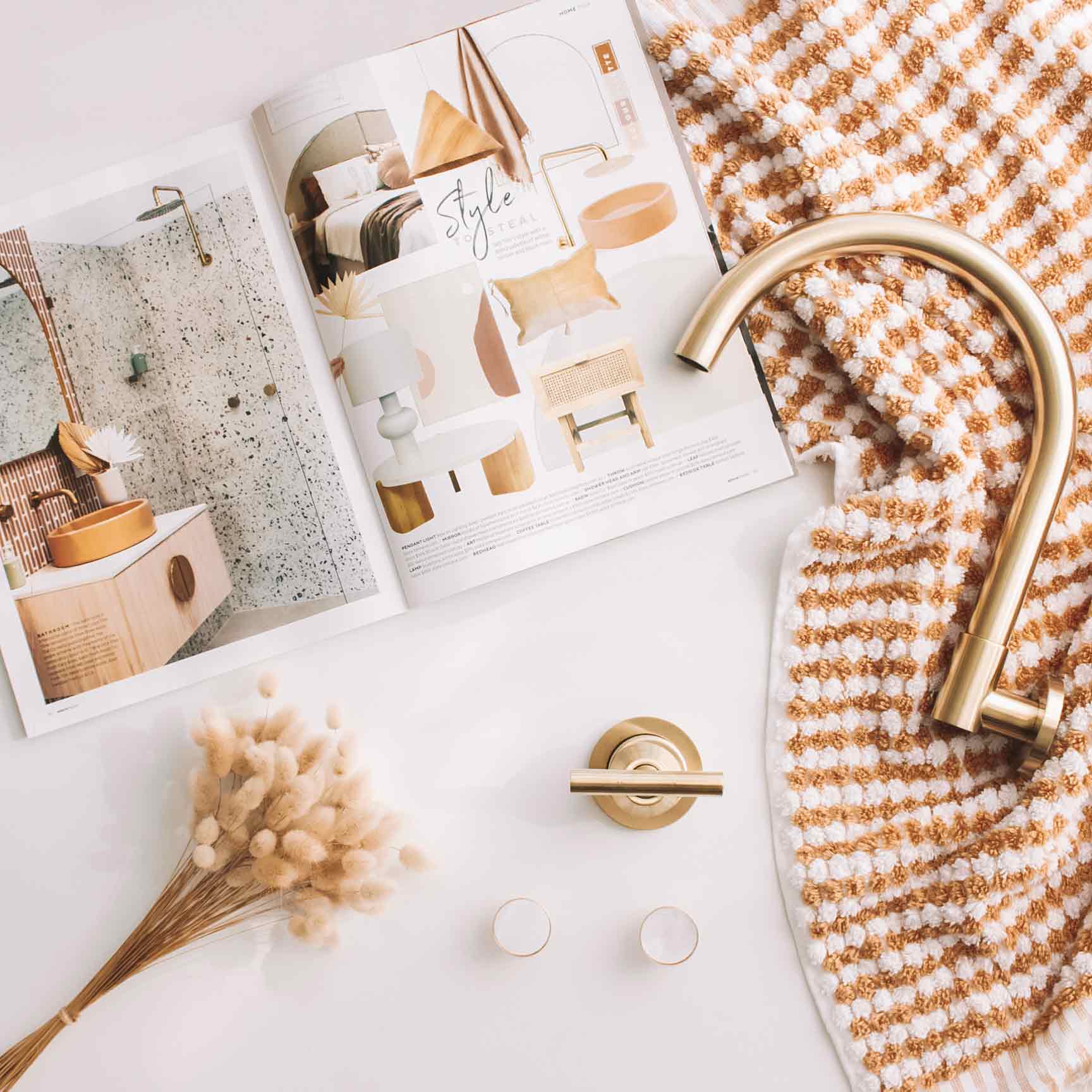
If you’re wondering, “How do I start an interior design moodboard?”, we’ve got a few tips to help you begin:
1. CONCEPTUALISE YOUR THEME
Begin exploring the ideas you may already have in mind. This may be as simple as the ‘feeling’ you want to achieve in the space — for example, cosy, luxurious, or calm. Then, start to brainstorm a few related keywords. If you were drawn to the concept of ‘calm’, this may inspire phrases such as ‘beach’, ‘simple’, or ‘soft’.
From here, you can determine the design styles that align, such as coastal or minimalist. These initial keywords will also help guide your colour palette (neutral, pastel, or monochrome) and ideal materials (timber, bouclé, and brushed brass) for this theme.
They will also make it easier to search online for inspiration or for specific images in your final moodboard design. The best places to start include Pinterest, Instagram, and Unsplash, or by browsing home decor sites.
If you’re finding it difficult to spark an initial idea, flip through some interior design magazines to get your creativity flowing and discover the styles you’re drawn to. Create a Pinterest board and begin to pin any colours, rooms, furniture, or decor that grab you. You’ll soon see common themes appear in these images, which will help you determine your preferred style. Pinterest is also a useful platform for exploring moodboard examples to help inspire your process.
Alternatively, you can build your moodboard design around a single item that you have formed an attachment to. It could be your favourite artwork, an antique piece of furniture, or a souvenir you’ve picked up on your travels. This will promote a foundation from which you can start combining cohesive colours and textures to form your overall design.
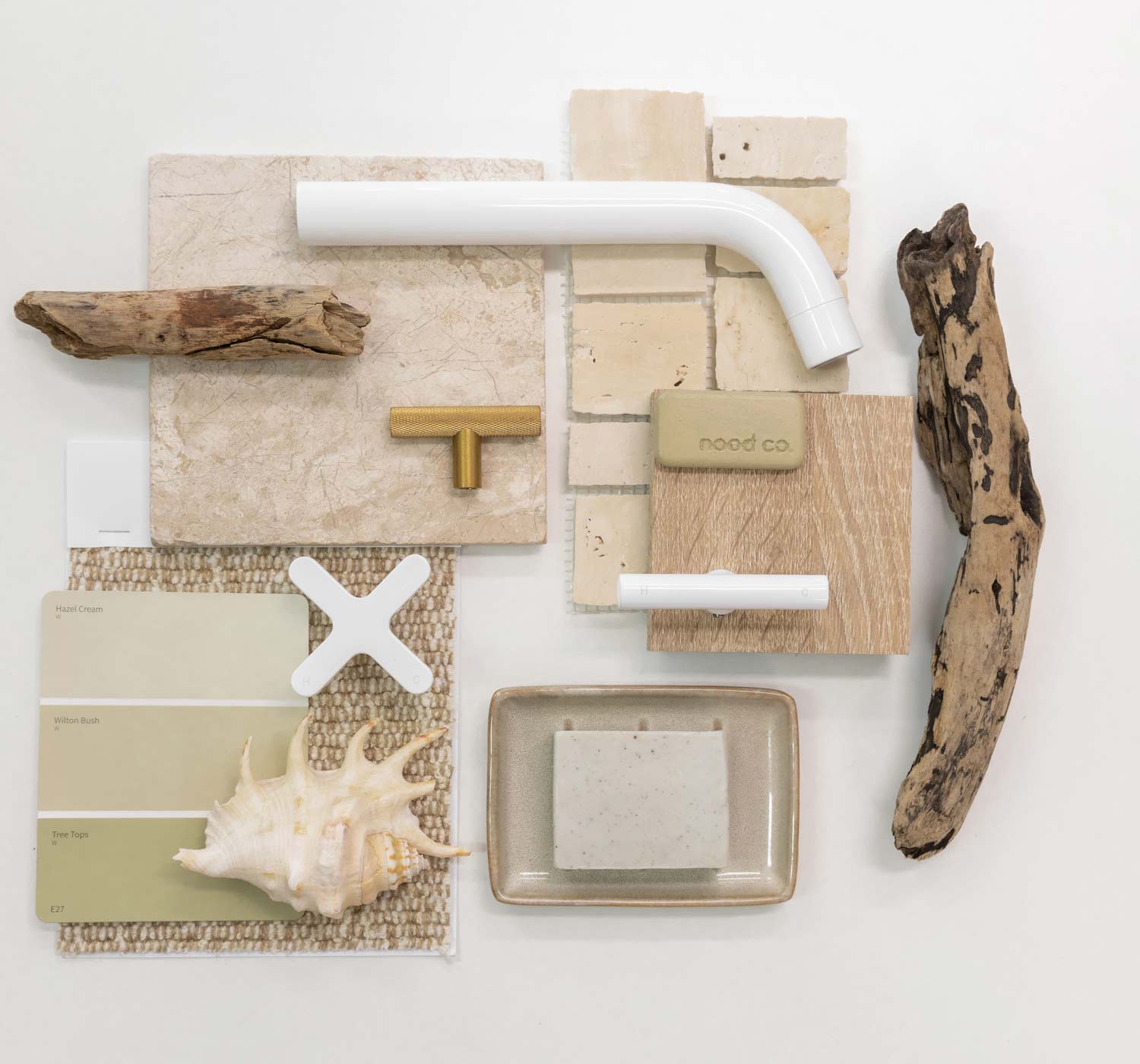
2. GATHER YOUR ELEMENTS
Once you’ve determined your theme, you can begin exploring the specific products you’ll incorporate into your space.
This includes:
- Benchtop finishes
- Window furnishings
- Floor coverings
- Wall paint and wallpaper
- Furniture
- Fixtures
- Artwork
- Accessories
Fortunately, most suppliers will let you try before you buy — whether you’re shopping for tiles or curtains, ask them for a sample and they should accommodate your needs. Product samples are one of the most beneficial ways to experiment with a colour or texture before investing in the entire product when working with a physical moodboard.
ABI Interiors has created a range of colour samples to give you an exact idea of what our finishes look and feel like in your scheme, especially for a bathroom moodboard or kitchen moodboard.
Whether you’re a fan of the classic pinboard method or you prefer a digital approach, there are hundreds of resources, apps, and shareable platforms that will help create your perfect moodboard. Canva is one of the most popular and simple online tools for unifying each element of your design into a final concept.
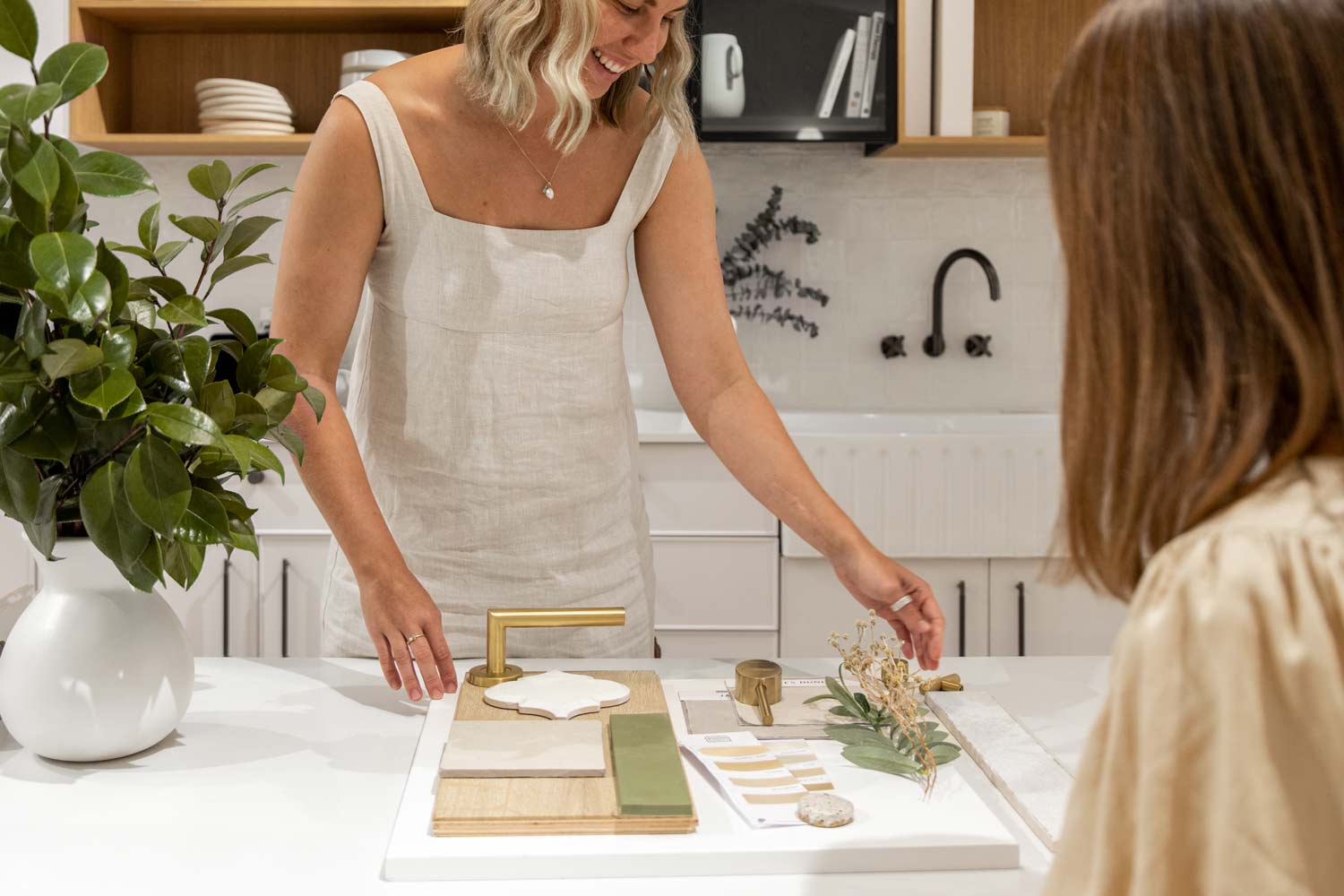
3. CURATE AND PRESENT
By this point, it’s likely that you’ll have more elements than will be necessary. Narrow down your selections by choosing those that work together in harmony, and eliminate colours or textures that aren’t cohesive with the predominant theme.
Now is also the time to take a step back and reflect on the overall design to see if it aligns with your original concept. Trust your gut, and if something doesn’t feel right, rearrange your moodboard until you’re completely satisfied.
Most importantly, have fun while exploring how to make a moodboard. Don’t put too much pressure on yourself — any creative process takes time and many refinements before settling on the final design.
If you want to save time on creating your own moodboard and get professional assistance instead, book a free consultation with our expert team to help design your dream space.
